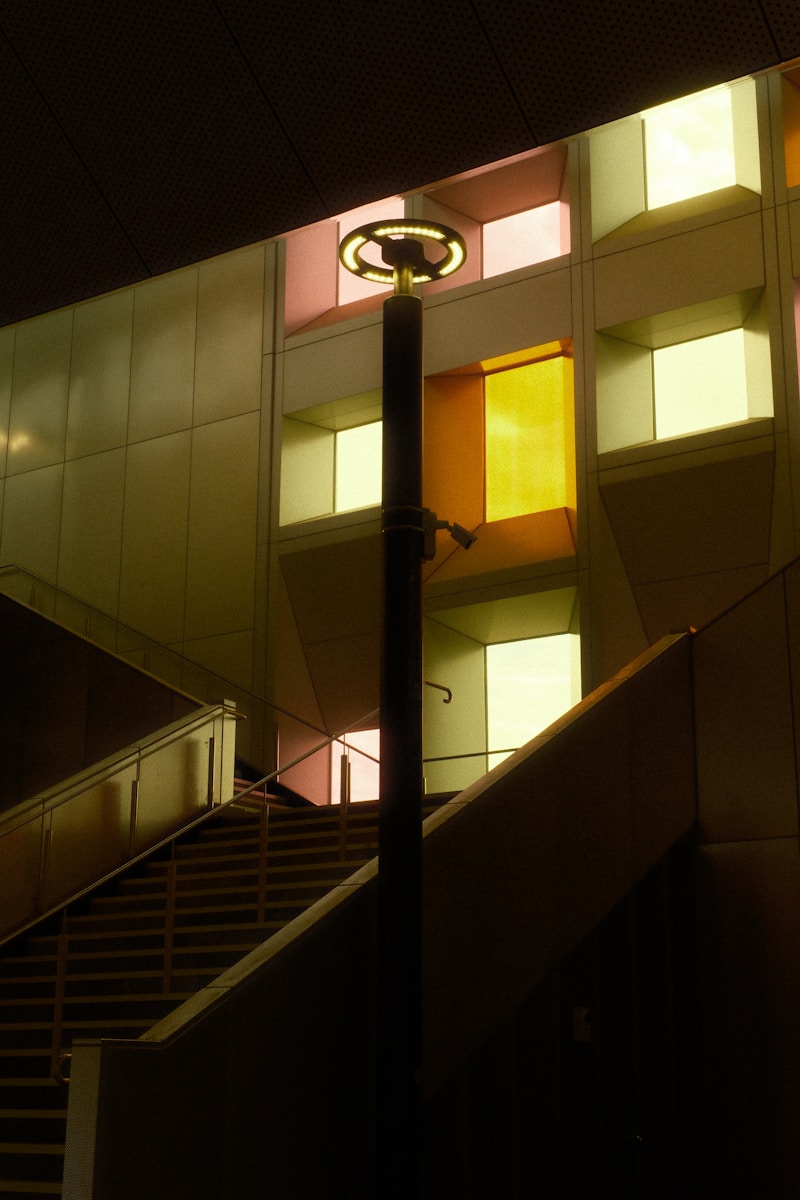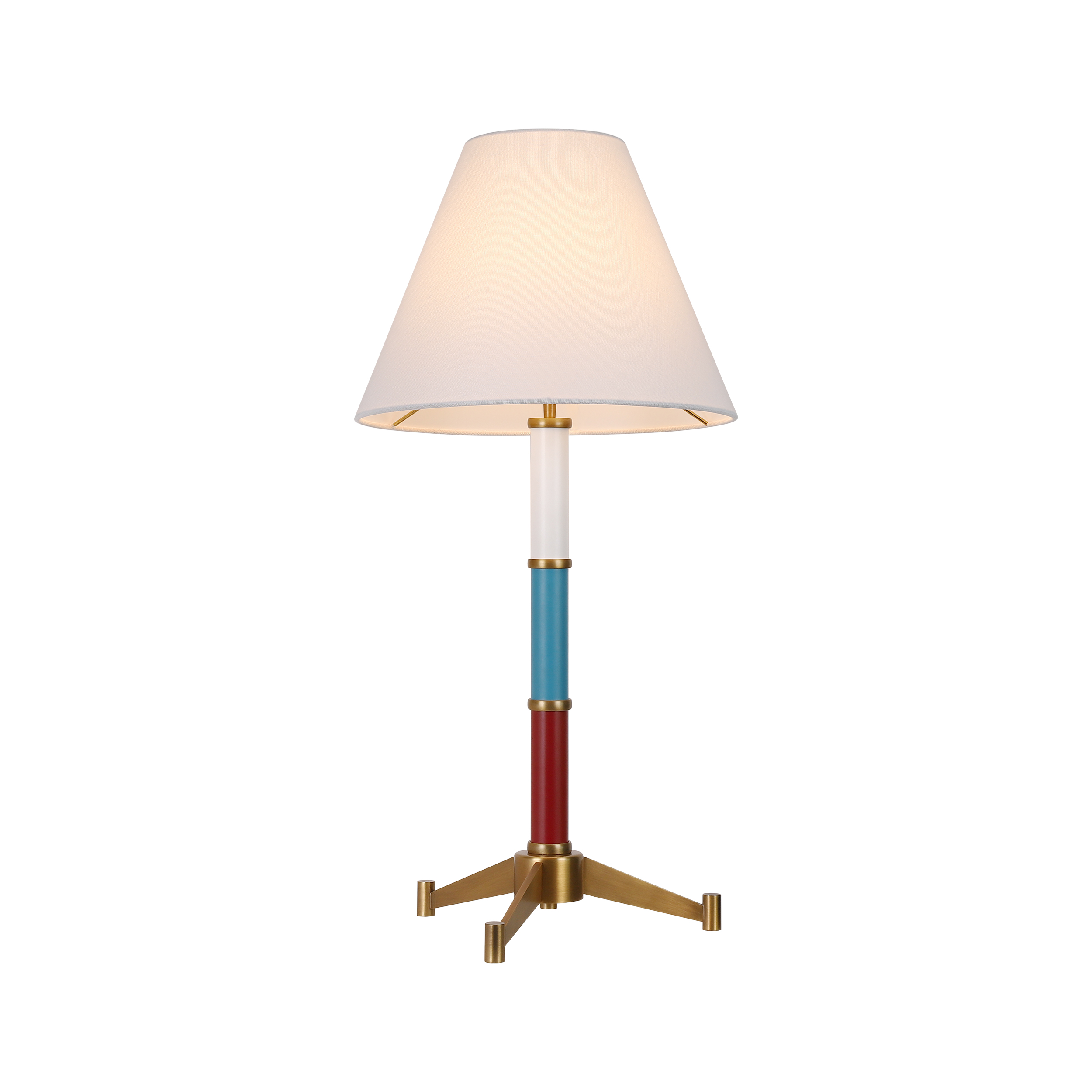Enhancing Spaces with Architectural LED Lighting: A Comprehensive Guide
Enhancing Spaces with Architectural LED Lighting: A Comprehensive Guide
In today's modern world, the importance of architectural LED Lighting cannot be overstated. It blends Aesthetics with functionality, transforming spaces into visually stunning environments while providing practical benefits. This article delves into the various aspects of architectural LED Lighting, highlighting its advantages, applications, and the latest trends within the industry.
What is Architectural LED Lighting?
Architectural LED Lighting refers to the use of LED technology to illuminate aspects of a building's design. This type of lighting is often integrated into the architecture itself, enhancing the visual appeal of structures both indoors and outdoors. Architects and designers leverage LEDs to highlight architectural features, create ambient lighting, and ensure safety in public spaces.
Advantages of Architectural LED Lighting
Architectural LED Lighting offers numerous benefits that make it the preferred choice for modern projects. Here are some key advantages:
| Energy Efficiency | LED Lights consume significantly less energy compared to traditional lighting solutions, leading to reduced electricity bills. |
| Longevity | LEDs have a longer lifespan, often lasting up to 25,000 hours or more, minimizing replacement costs and maintenance efforts. |
| Versatility | Available in various shapes, sizes, and colors, architectural LEDs can be customized to fit any design requirement. |
| Environmental Impact | By utilizing less energy, LEDs contribute to lower carbon emissions, making them an eco-friendly lighting option. |
Applications of Architectural LED Lighting
Architectural LED Lighting can be utilized across a variety of spaces, each with its unique lighting requirements. Here are some common applications:
1. Residential Spaces
In homes, LED Lighting can enhance living rooms, kitchens, and outdoor areas. Using recessed lighting or LED strips along architectural features can create a welcoming atmosphere while being energy efficient.
2. Commercial Spaces
Businesses increasingly rely on architectural LED Lighting to improve the ambiance of their establishments. From retail stores to offices, strategically placed lighting can influence customer behavior and employee productivity.
3. Outdoor and Landscape Lighting
In urban environments, architectural LEDs are used to illuminate buildings, parks, and public spaces. This not only enhances safety but also creates beautiful nighttime vistas that attract visitors.

4. Hospitality Industry
Hotels and restaurants utilize ambient lighting created by LEDs to set a mood that encourages relaxation and enjoyment. Adjustable lighting options can enhance different dining experiences throughout the day.
Recent Trends in Architectural LED Lighting
The field of architectural LED Lighting is continually evolving, influenced by technological advancements and changing design philosophies. Here are some recent trends to watch:
1. Smart Lighting
Integration with smart home systems allows users to control their lighting remotely. Smart LEDs can change color, intensity, and timing based on the environment or user preferences.
2. Human-Centric Lighting
Designers are increasingly focusing on human-centric lighting that mimics natural light patterns. This approach aims to enhance well-being and adapt to the circadian rhythms of building occupants.
3. Biophilic Design
Incorporating natural elements into designs, biophilic lighting seeks to connect people with nature. This trend often uses LEDs that simulate sunlight to promote a sense of well-being.
4. Customization and Personalization
More brands offer customizable LED Lighting solutions, enabling designers to create unique experiences tailored to the specific requirements of a project.
Considerations When Choosing Architectural LED Lighting
When considering architectural LED Lighting for your next project, it's essential to keep a few factors in mind:
1. Purpose and Ambiance
Determine the primary purpose of the lighting. Whether it's for Aesthetics, safety, or functionality, understanding the needs of the space will guide your choice of lighting style and placement.
2. Color Temperature
Choose the appropriate color temperature for your application. Warmer tones can create an inviting atmosphere, while cooler tones are better suited for work environments.
3. Installation and Maintenance
Consider the installation complexity and maintenance requirements. Some LED solutions may require professional installation, while others can be easily installed by the homeowner.
4. Budget
The cost of architectural LED Lighting can vary. Evaluate your budget, factoring in both initial investments and long-term savings from energy efficiency.
Conclusion
In conclusion, architectural LED Lighting is revolutionizing how we design and illuminate our spaces. Its energy efficiency, versatility, and adaptability make it an essential component of modern architectural design. As you embark on your next lighting project, keep these insights in mind to create beautiful, functional environments that enhance your space's overall appeal.
Whether you're renovating a home, designing a commercial space, or creating a public area, embracing the power of architectural LED Lighting can yield remarkable results.
